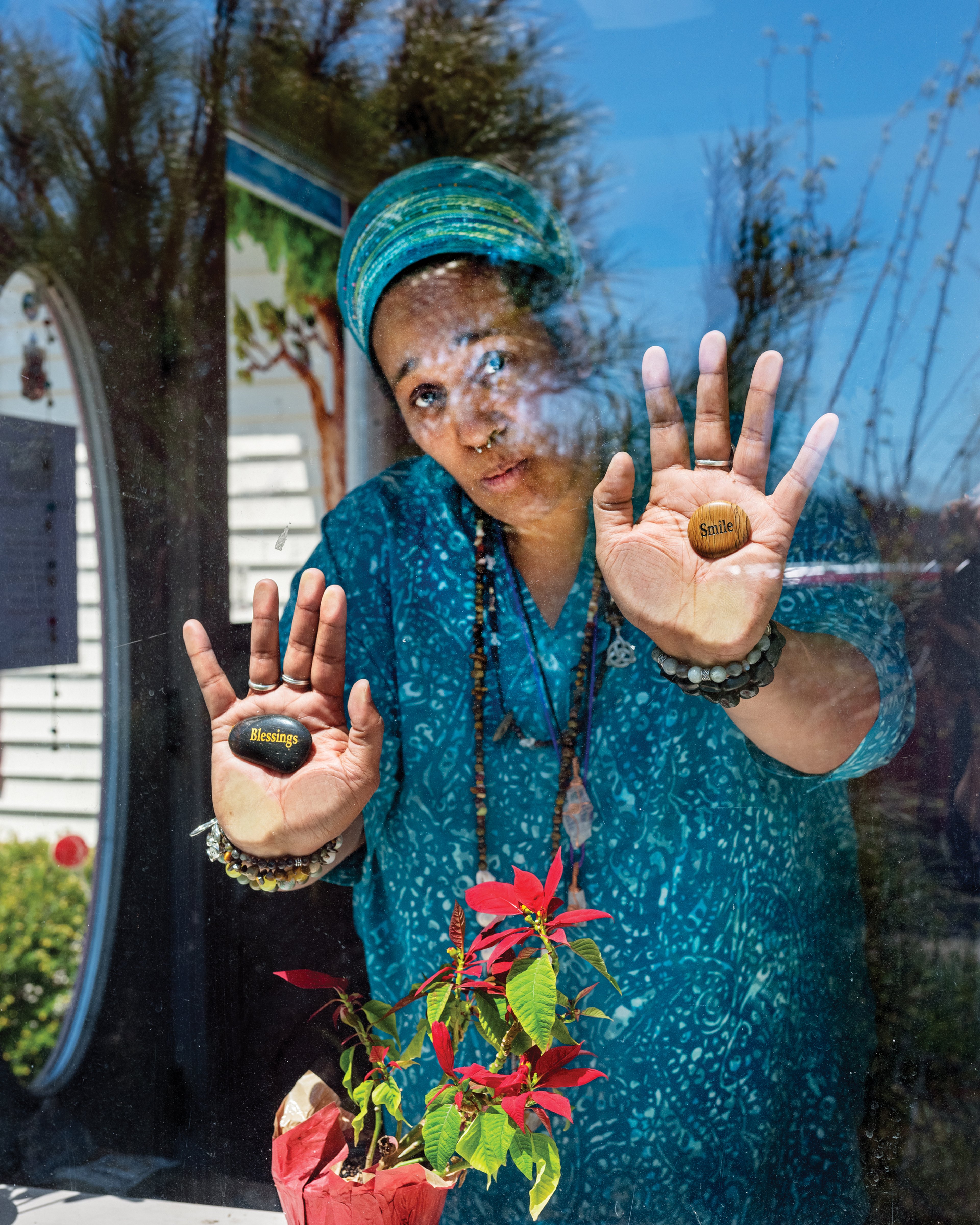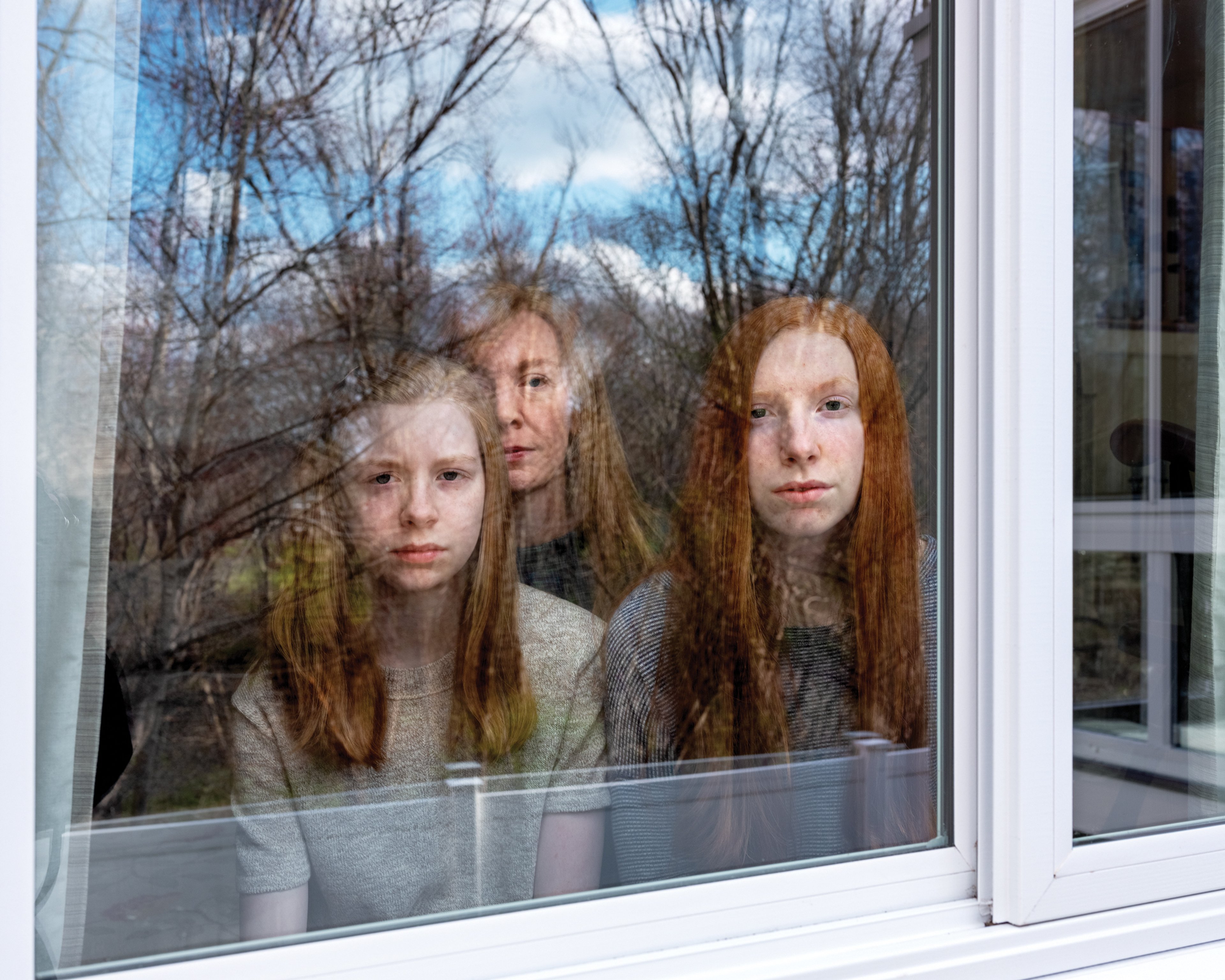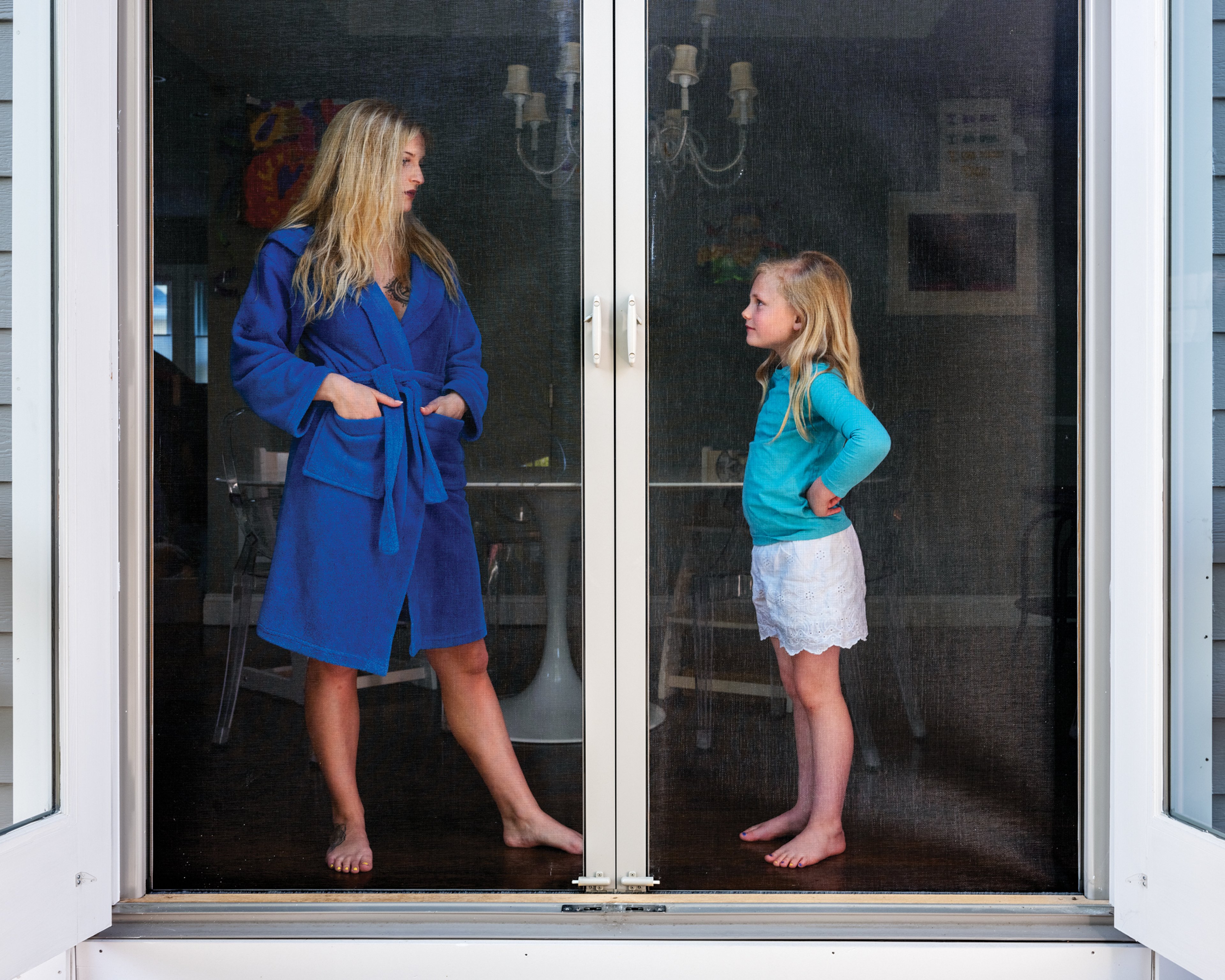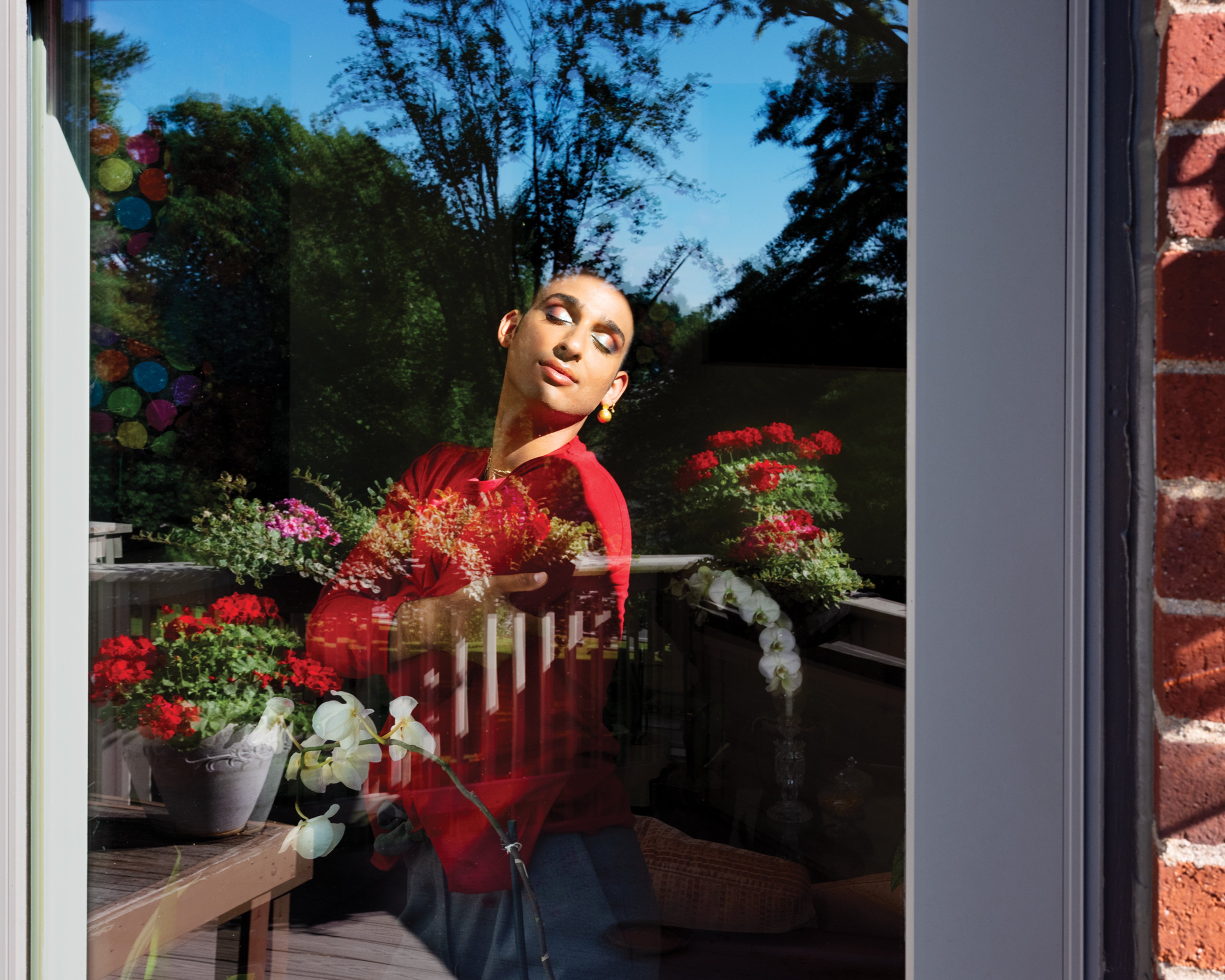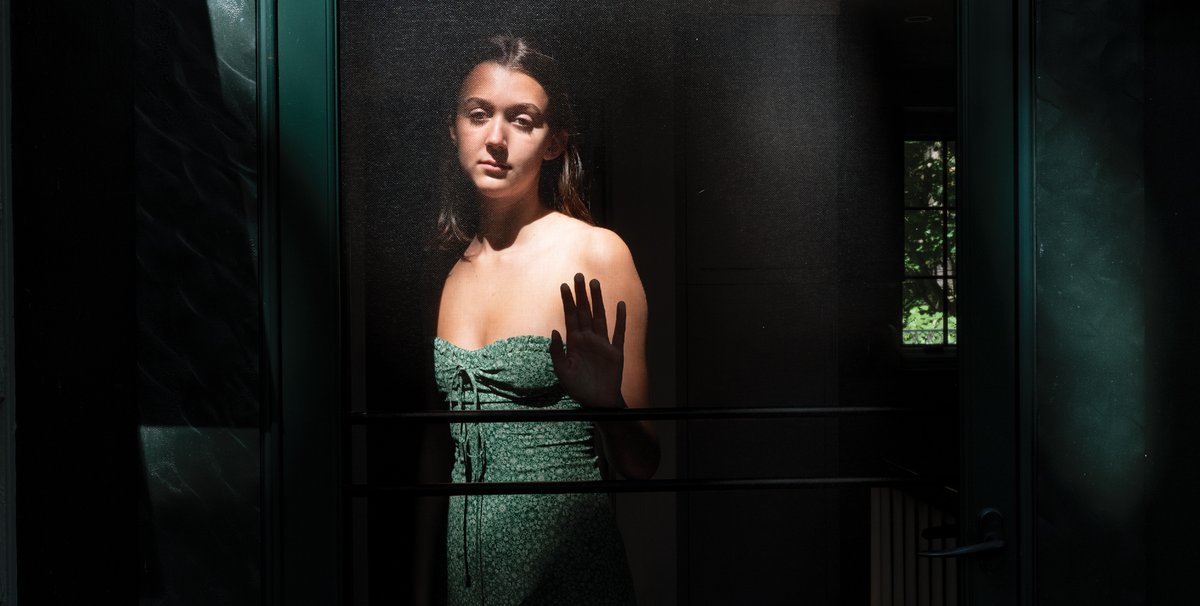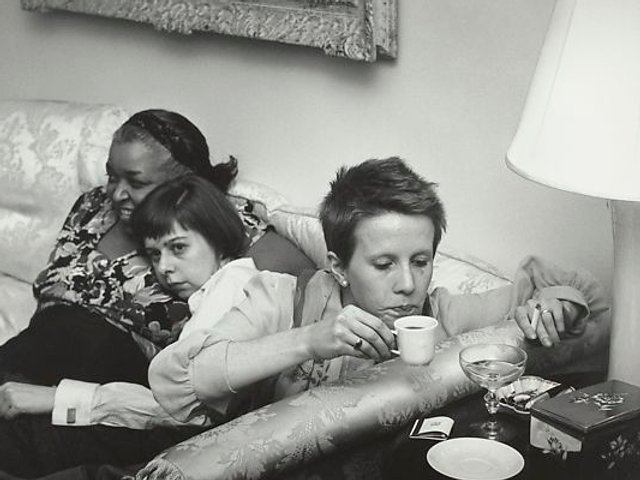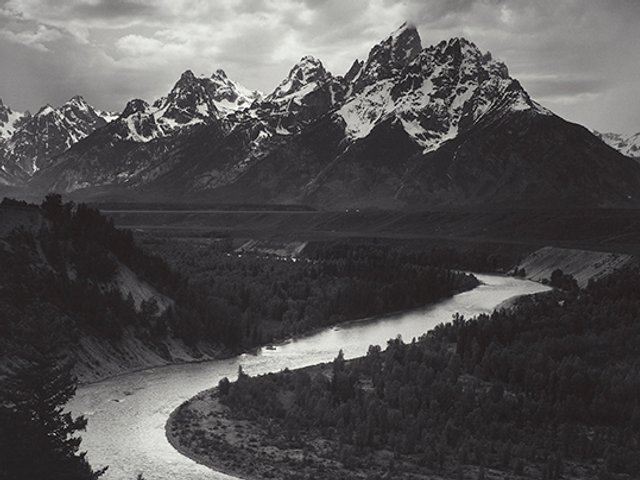In a scenario that many can probably relate to, the Boston-based photographer Rania Matar found herself stuck at home last April during the coronavirus lockdown, working with six restless young adults in the background. While trying to focus on her forthcoming book Rania Matar: She, the artist found herself looking across her yard and into her neighbour's kitchen window—where she saw a similar scene playing out. In that moment, she decided on her next project: photographing the local community through their windows.
Matar took to Instagram and posted one of her signature portraits with this message: "The last few days/weeks have been unsettling for everyone. We are all getting used to being isolated [in] our own cocoons and our communication has been through FaceTime, Zoom and whatever other available digital media. I miss seeing people [...] if you live within a 30 minute drive from Brookline and have access to a ground floor door or window at your house or apartment, I would love to come and say hello and make a photograph."
"I was surprised by the amount of responses I got," the Lebanese-American photographer tells The Art Newspaper. "It proved to me that people were really craving human connection on some level." Matar began driving round her neighbourhood and ended up taking hundreds of socially distanced photographs that captured the bizarre—but common—coronavirus experience.
"The beauty of it is that nobody was rushed; nobody had anywhere to go. I completely bonded with people and ended up doing full photoshoots," Matar says. She published the photographs regularly on her Instagram account, where she could tell the stories of her sitters and also reach more people who were interested in taking part in the project.
A selection of 27 of Matar's lockdown photographs are now being shown at the Cornell Fine Arts Museum in Florida (Rania Matar: On Either Side of the Window, Portraits During Covid-19, 2 February-9 May) with an accompanying virtual exhibition for those who cannot attend in-person.
Here, Matar shares the stories behind some of her most striking lockdown portraits, from sitters who wore their mothers' clothes, to a baby's birth and first Christmas.


